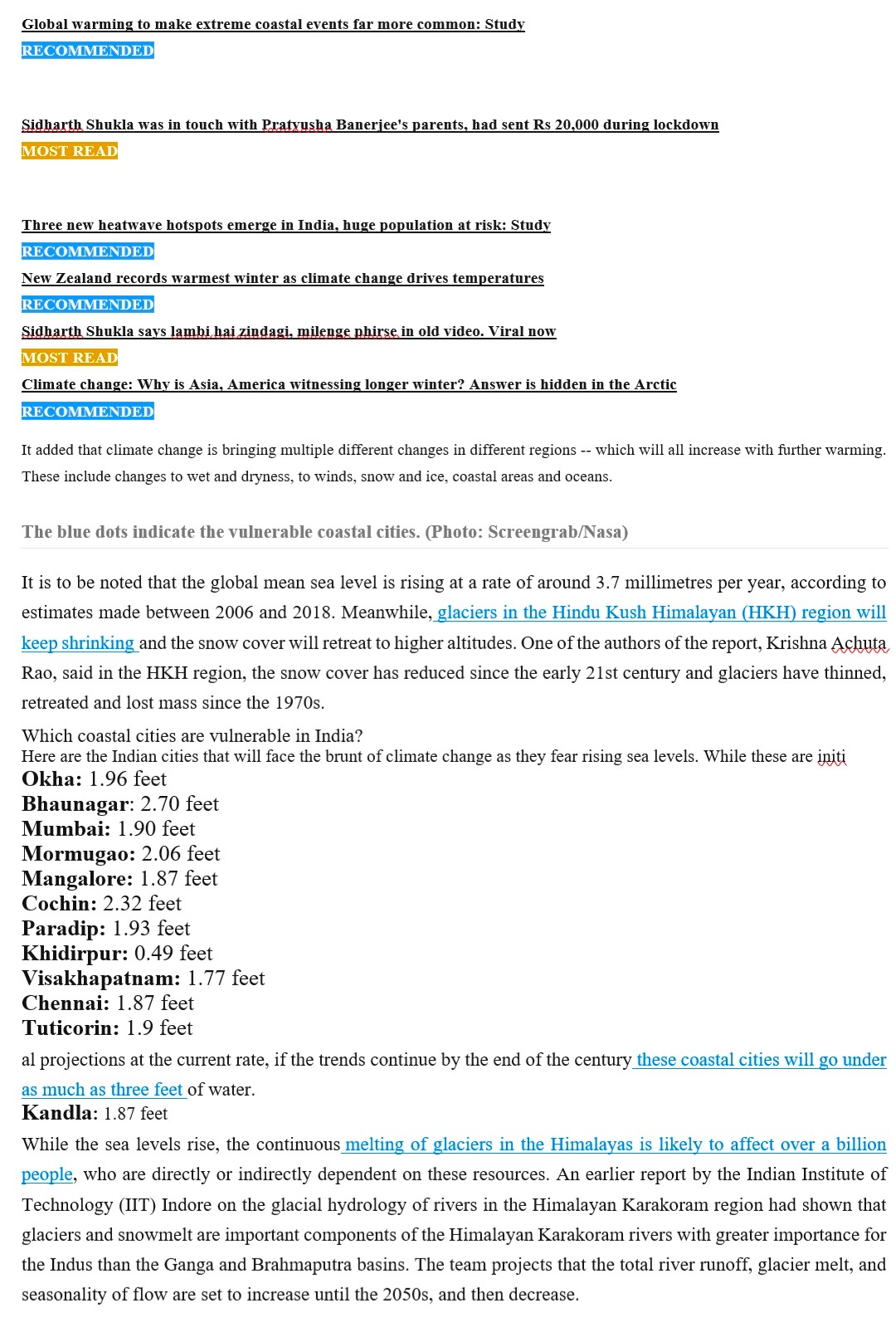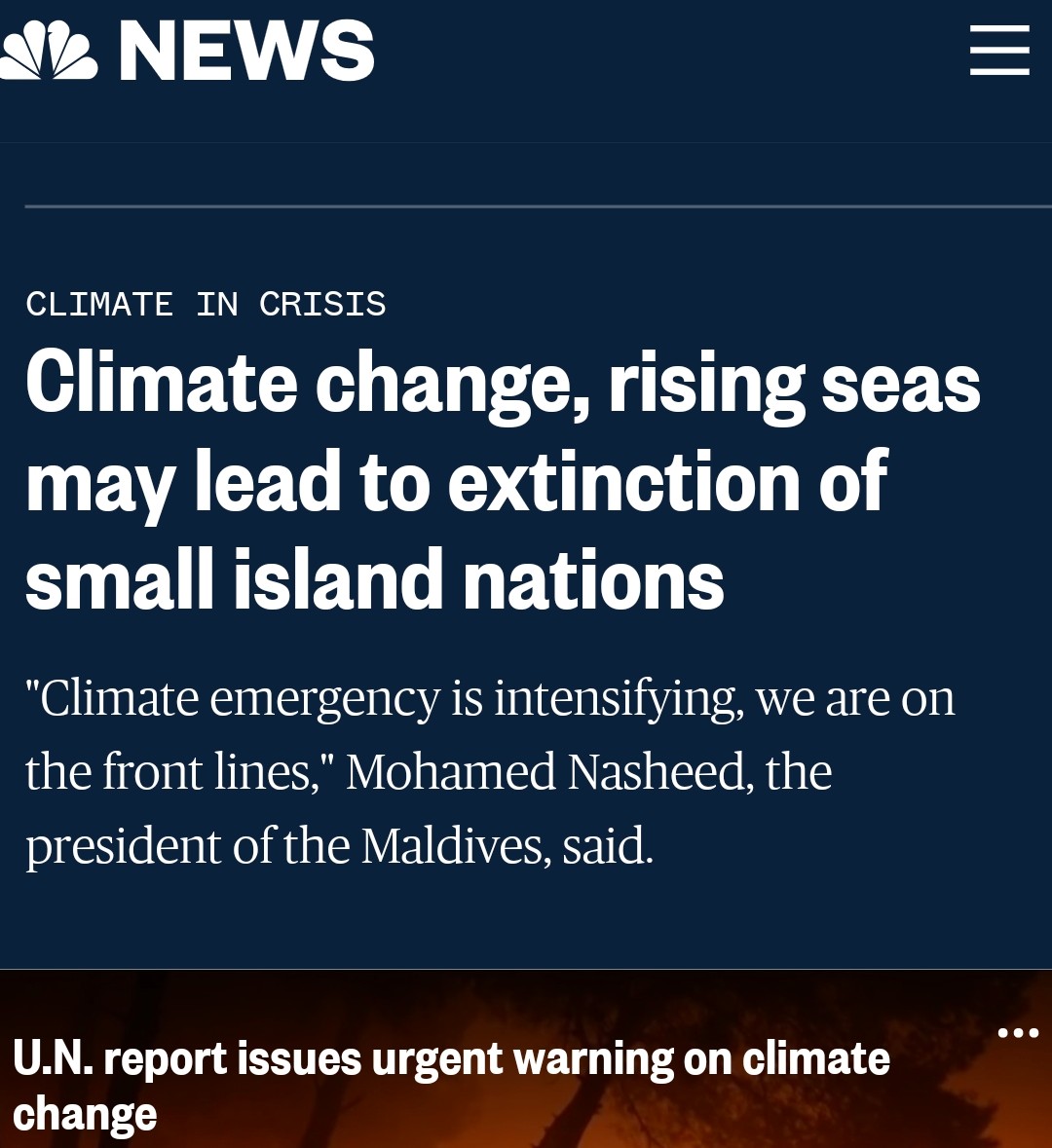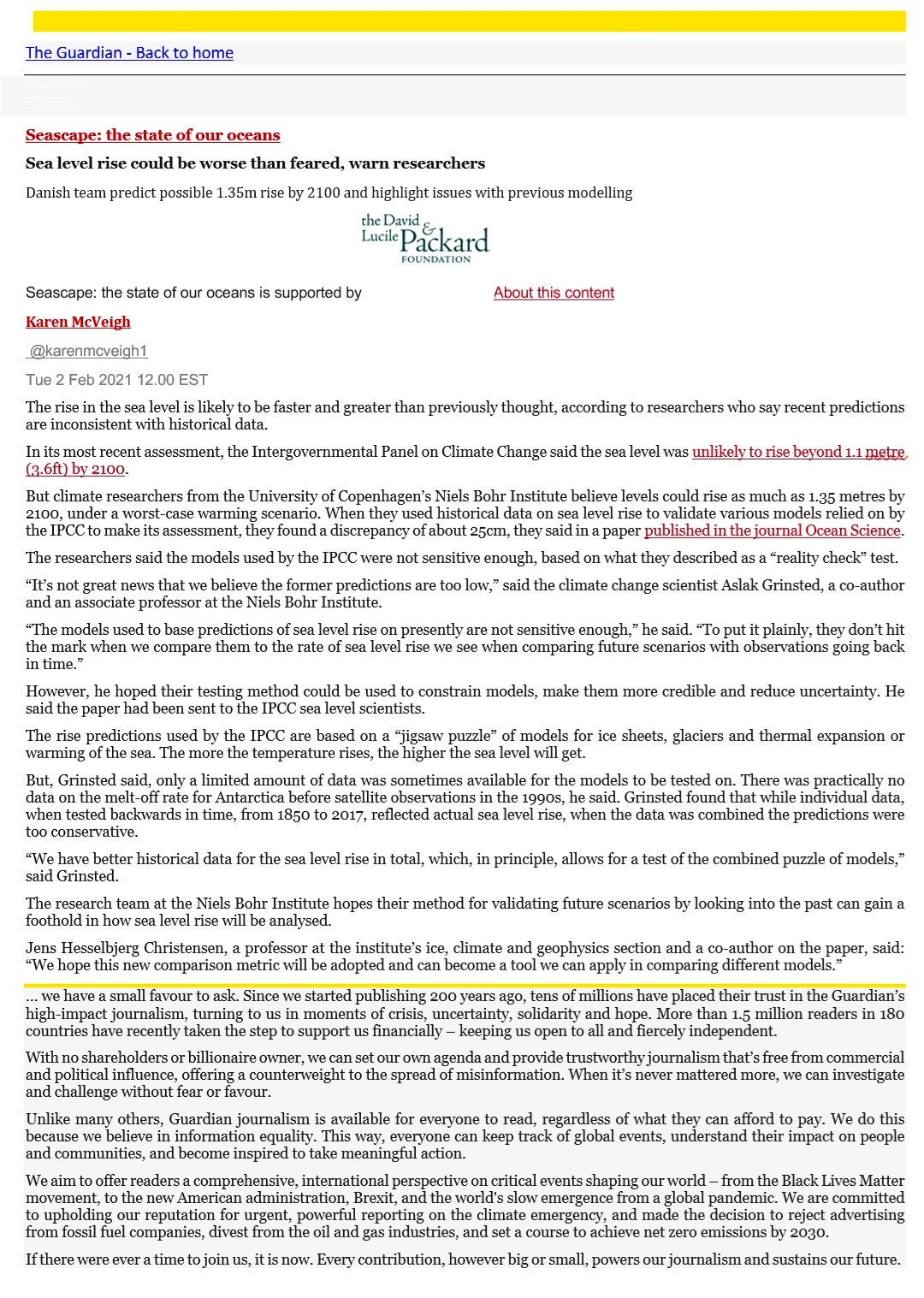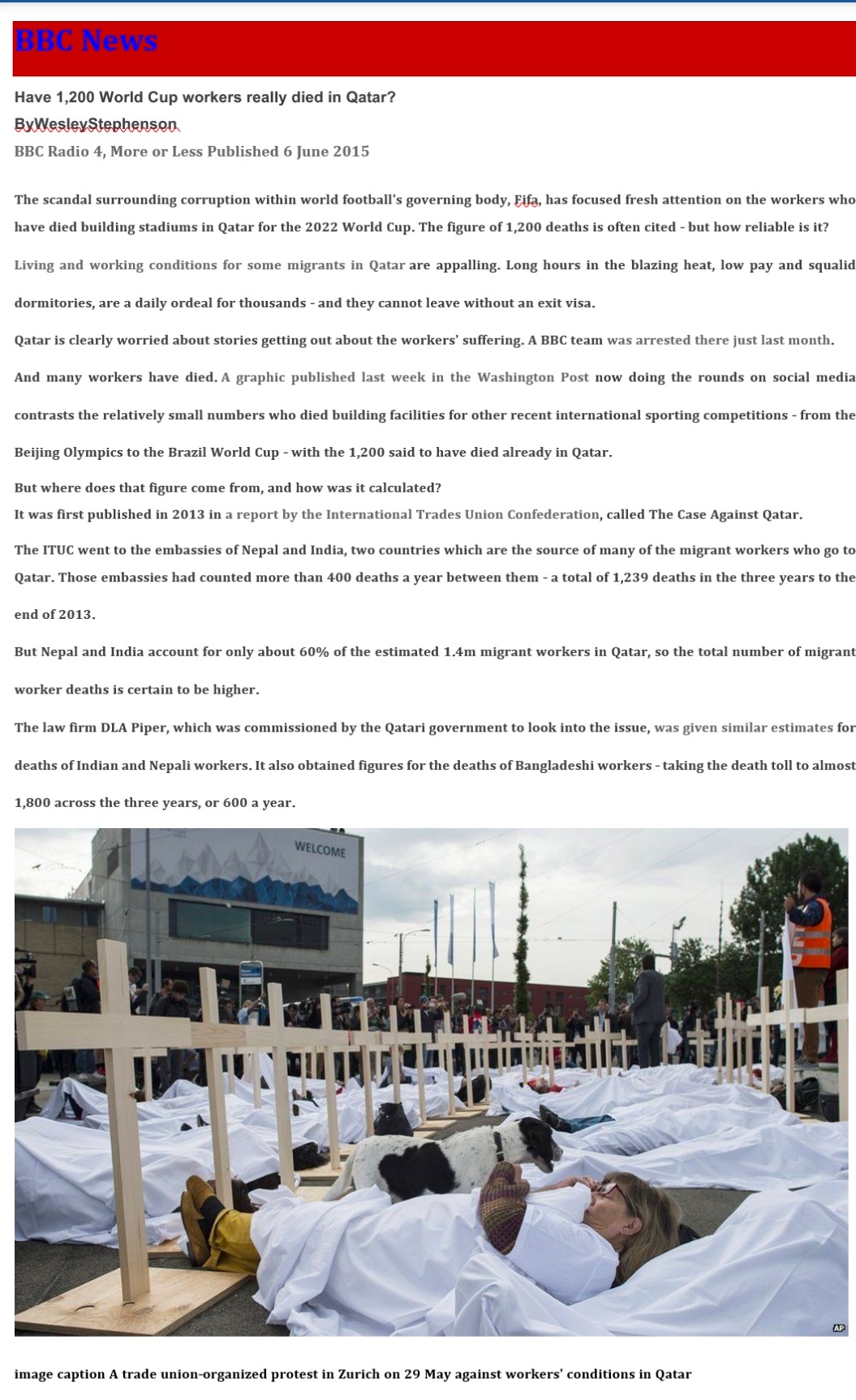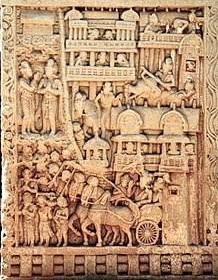

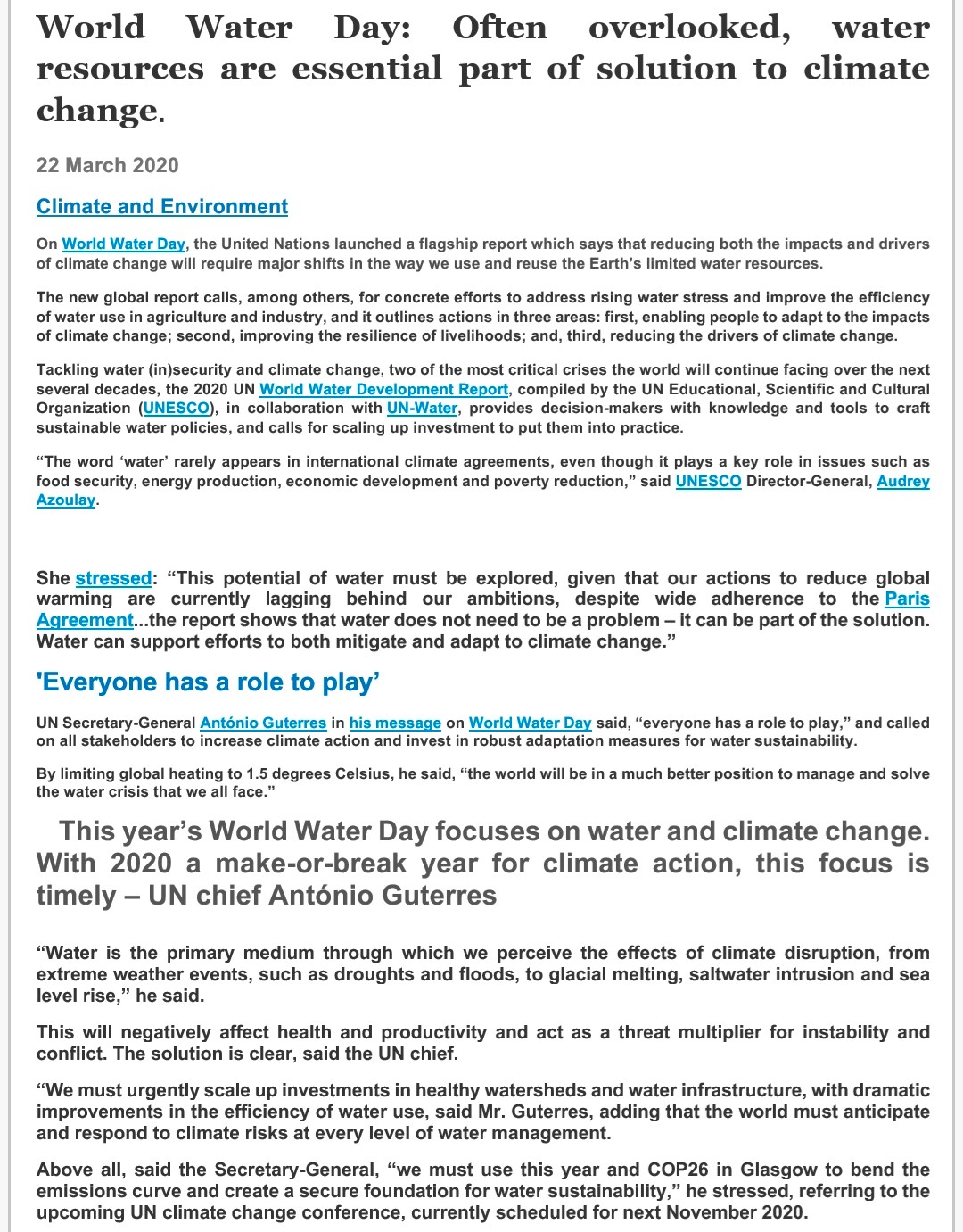
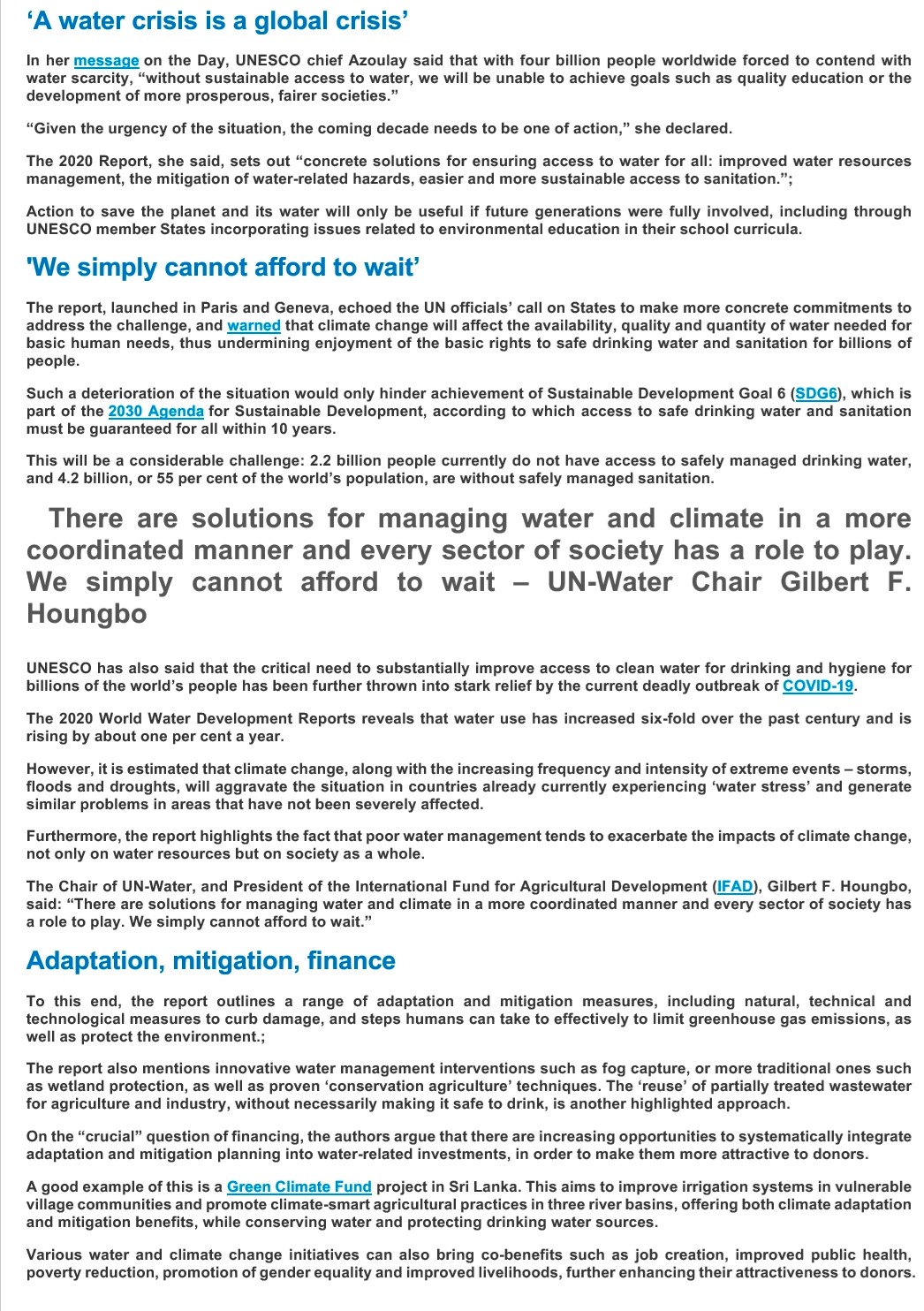





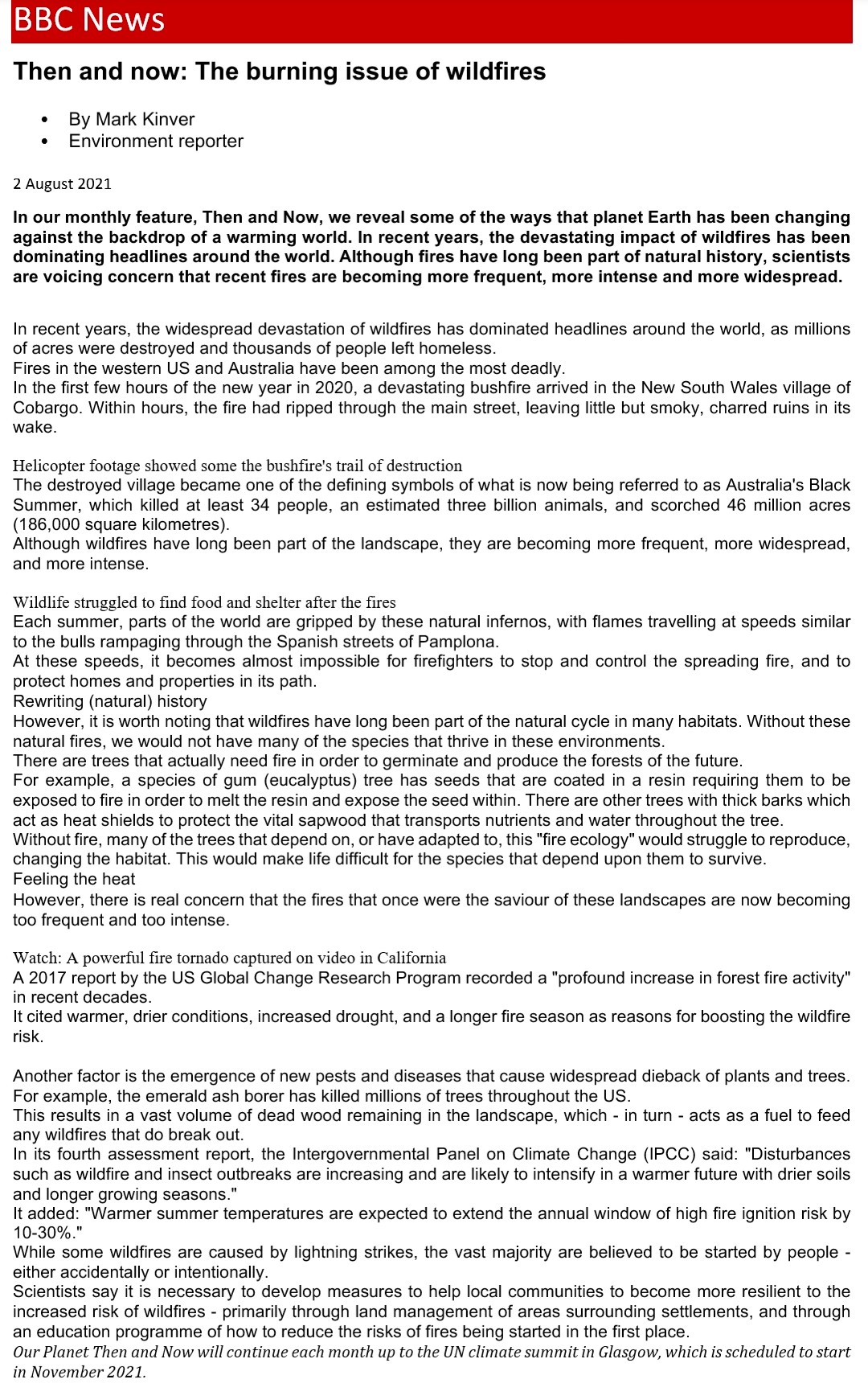


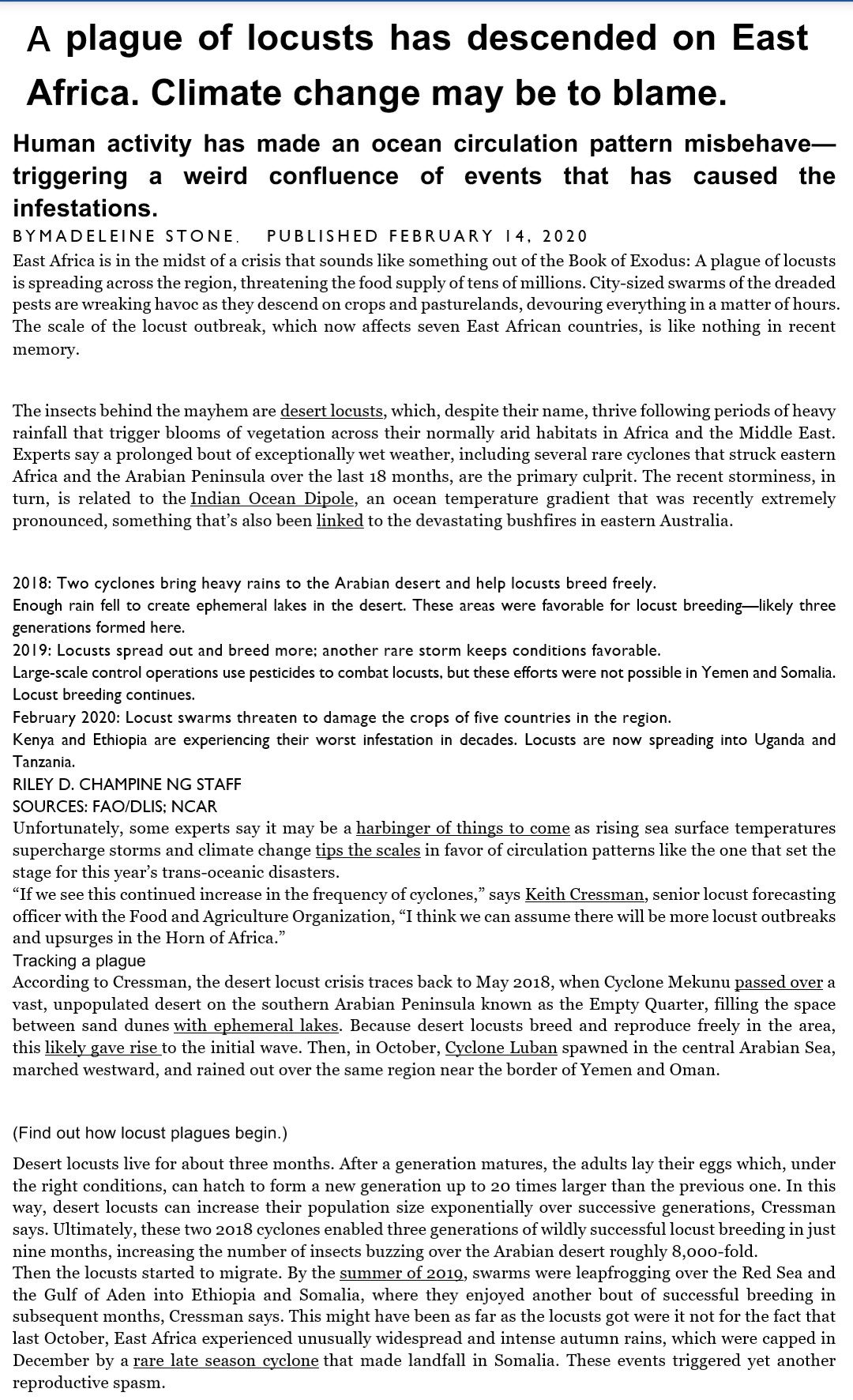
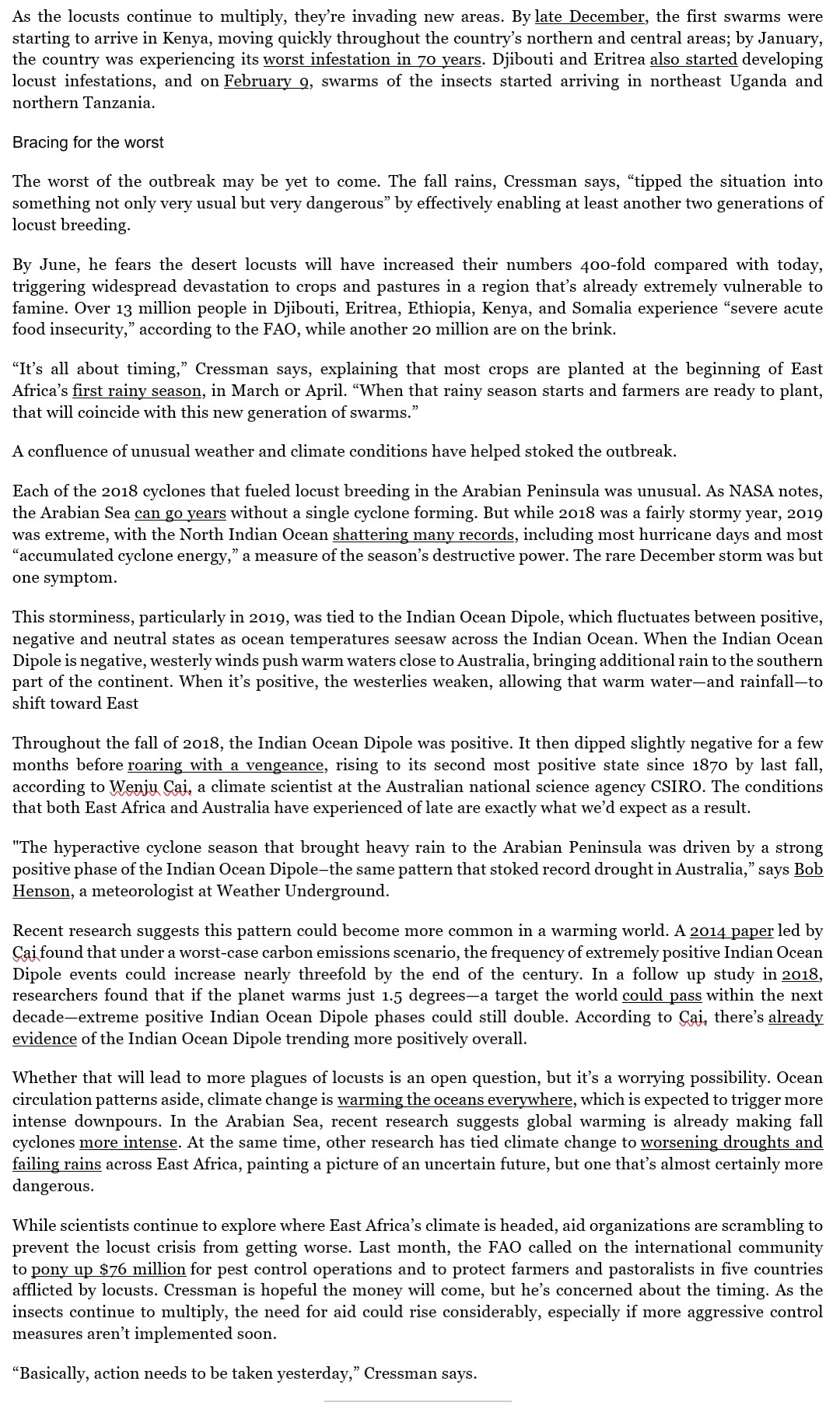




 6 of the World's Most Worrisome Disputed Territories
6 of the World's Most Worrisome Disputed Territories
Many such areas have long existed without incident, but others are poised to flare into violence.
PUBLISHED MARCH 29, 2014
When it comes to territorial disputes across the globe, the list is long and ever-changing. There are now more than 150 disputes under way that involve territory, mostly in Africa, Asia, and the Pacific region, but also in Europe and the Americas. Some disputes are on the distant horizon (Antarctica), some are long-simmering (Jammu and Kashmir), and others—like Crimea—are at their boiling point.
Many fear a spillover effect from Crimea. There is wide concern that Russia's apparent success in annexing the peninsula could set a dangerous precedent for further Russian incursions into Ukraine and other nearby countries, or that other countries may feel emboldened by Russia's actions.
Germany's Foreign Minister Frank-Walter Steinmeier went so far as to say Russia has "opened a Pandora's box" with its swift and widely condemned annexation of Crimea. Yet Richard Haass, an American diplomat and president of the Council on Foreign Relations, points to the specifics of that crisis, saying he does "not think the situation in Crimea is necessarily easily replicated," because of the demographic and historical particulars, as well as the imbalance of military forces between Russia and the Ukraine.
Few subjects are more politically sensitive than territorial disputes; the UN declined to comment for this story, citing those sensitivities. But as Haass says, "There is no shortage of disputes either about territory or with a territorial dimension." Some of the world's most contentious and vexing disputes involve territory in:
Crimea
The Black Sea peninsula with its predominantly ethnic Russian population became a part of Ukraine in 1954, when both Russia and Ukraine were part of the Soviet Union. The recent military occupation by Russian forces and subsequent referendum to join Russia has been condemned by many world leaders as illegitimate. The West has imposed sanctions.
By contrast, Cuba, Belarus, Zimbabwe, Venezuela, and Syria have recognized Russia's control over the area; China abstained from voting on a UN Security Council draft resolution that would have condemned the referendum in Crimea as illegal. (A UN General Assembly vote on March 27 condemned the occupation by 100 to 11, with 58 abstentions.)
But "Crimea is concerning because it sets a precedent for what the international system will bear," says Jeffrey Mankoff, deputy director of the Russia and Eurasia program at the Center for Strategic and International Studies in Washington, D.C. "There is concern that China, for instance, may take [Russia's annexation of Crimea] as a lesson" it will apply to some of its own territorial disputes: that the international consequences of violating borders might not be as severe as once thought.
East China Sea
A chain of remote, energy-rich islands known as the Senkaku Islands in Japan and the Diaoyu Islands in China are the subject of a territorial and maritime dispute between the two powers that has been escalating in recent years, especially over the past few months. (See "Why Are China and Japan Sparring Over Eight Tiny, Uninhabited Islands?")
China has been trying to assert control over airspace in the East China Sea that overlaps with a zone declared by Japan more than four decades ago, after years of post-World War II control by the U.S. Japan argues that the islands were vacant (when no one occupies or controls territory, it is considered terra nullius, "land belonging to no one") until 1895 when its government laid claim to them; China argues that it owned the islands before then.
China is involved in multiple other territorial disputes, including the long struggle over Tibet, which "is an example of a dispute where there is one state and an area inside it wants to be separate," says Ron Hassner, an associate professor of political science at the University of California, Berkeley, who has written extensively about territory disputes. Tibet would top his list of current disputes, he says, because of its large territory and population. (He says the oldest still-active dispute on record is between England and Spain over Gibraltar.) He adds, "Another form of territorial dispute is when two states argue over a piece of land that lies between them, such as Jammu and Kashmir."
Jammu and Kashmir
The former princely state of India and Pakistan (once part of the British Empire, now part of India, Pakistan, and China) has been disputed since the British relinquished control of the subcontinent in the 1940s. A heavily militarized, 450-mile-long (724-kilometer-long) Line of Control has long pitted Indian and Pakistani forces against each other in this contested Himalayan region.
The stakes were raised in 1998 when Pakistan started to catch up with India technologically and both countries publicly tested their nuclear weapons. In some ways that escalation, however, may be part of what is containing the crisis. "In many cases, these disputes simply linger," says Haass. "It becomes politically too difficult to compromise and militarily too dangerous to press your case."
Golan Heights, Gaza Strip, and West Bank
The geographical areas disputed by Israelis and Palestinians are "tiny pieces of land," says UC Berkeley's Hassner. Because of the small number of people and the limited extent of the territory, the Gaza Strip and the West Bank would not make Hassner's top five list, "but they get a lot of exposure." Just this week at least three Palestinians were killed and more than a dozen people were injured during an Israeli raid on a refugee camp in the West Bank.
When it comes to territorial disputes, says Haass, "the Golan Heights is a classic one." That dispute between Syria and Israel has been under way for decades. "But right now Syria has bigger fish to fry with its civil war," says Haass. "The Golan Heights is not a priority or preoccupation right now" as Syria grapples with its own rebels inside its borders.
Western Sahara
The former Spanish colony of Western Sahara in northwest Africa has been in political limbo since Spain withdrew from the area in 1976. Although the action was not recognized internationally, Morocco succeeded in annexing the approximately 100,000 square miles (259,000 square kilometers) of resource-rich desert territory shortly thereafter, and it has remained disputed ever since.
"Morocco has steadily built a series of walls known as the 'Berm' some 2,000 miles [3,219 kilometers] long to essentially push the indigenous population, the Sahrawis, out of the area," says Hassner. In 2010, just ahead of UN-mediated talks on the future of the territory, several people were killed in violent clashes between Moroccan security forces and protesters near the capital, Laayoune.
Transdniestria
Besides Crimea, Russia has other territorial disputes on its hands, including a 60-year dispute with Japan over a chain of islands in the Pacific it calls the Southern Kurils and Japan calls the Northern Territories. After a 2008 "five-day war" with Georgia, Russia also now effectively controls Abkhazia and South Ossetia, two regions that once were firmly considered part of Georgia. But the region many are eyeing warily right now is a tiny strip of land called Transdniestria, an unrecognized breakaway state that lies along Moldova's border with Ukraine.
Transdniestria proclaimed independence from Moldova and allegiance to Moscow in the early 1990s and has been considered a "frozen conflict" ever since, but with an ongoing Russian military presence there. After Russia's recent actions in Ukraine, local leaders expressed their firm desire to be annexed next. NATO's supreme commander in Europe, General Philip Breedlove, said that request would give Russian President Vladimir Putin a pretext to send in troops, as he did in Crimea.
"There is absolutely sufficient [Russian] force postured on the eastern border of Ukraine to run to Transdniestria if the decision was made to do that," he said at a recent meeting in Brussels. "And that is very worrisome."


